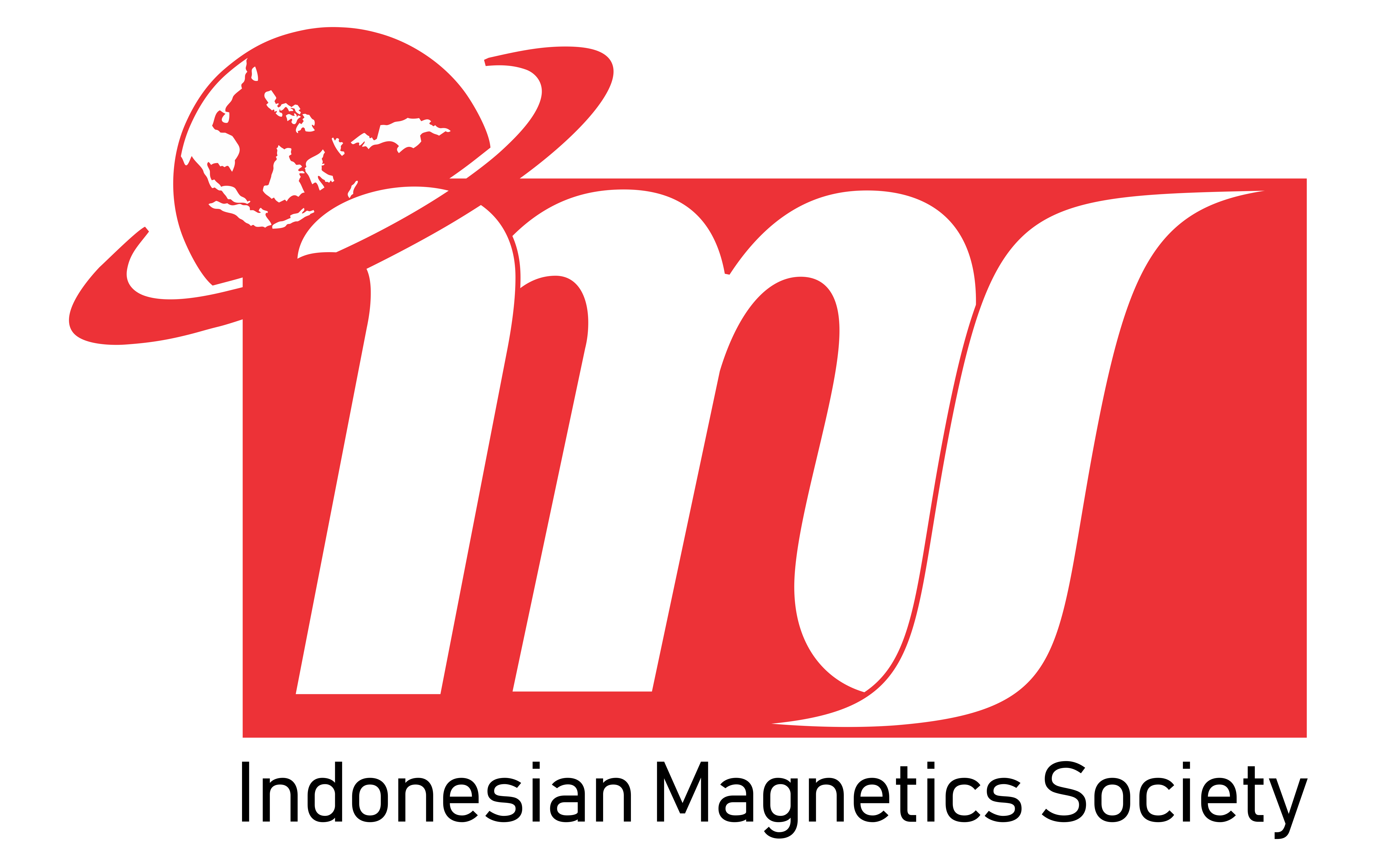Correction of Air Buoyancy on E0-74 Mass Measurement with Pt-Ir K-112 Standard
Abstract
Keywords
Full Text:
PDFReferences
Davidson, S. (2000). Air Density Measurement for Mass Calibration. XVI IMEKO World Congress.
Davidson, Stuart. (2010). Determination of the effect of transfer between vacuum and air on mass standards of platinum-iridium and stainless steel. Metrologia, 47(4), 487–497. https://doi.org/10.1088/0026-1394/47/4/015
Davis, R. S., Barat, P., dan Stock, M. (2016). A brief history of the unit of mass: Continuity of successive definitions of the kilogram. Metrologia, 53(5), A12–A18. https://doi.org/10.1088/0026-1394/53/5/A12
Harris, G. L. (2018). Selected laboratory and measurement practices and procedures to support basic mass calibrations. 47–66. http://nvlpubs.nist.gov/nistpubs/ir/2018/NIST.IR.6969-2018.pdf
Hayu, R., dan Ismail, Z. (2018). Statistical process control to monitor the impacts of extraordinary calibrations result on the mass dissemination. Journal of Physics: Conference Series, 1065(4), 2–6. https://doi.org/10.1088/1742-6596/1065/4/042046
Ismail, Z., dan Hayu, R. (2016). Pengaruh Kondisi Lingkungan Terhadap Perhitungan Massa Konvensional di Lab Massa Puslit Metrologi-LIPI. 11th Annual Meeting on Testing and Quality.
ISO/IEC 17043. (2010). Conformity assessment — General requirements for proficiency testing.
Jabbour, Z. J., dan Yaniv, S. L. (2001). The kilogram and measurements of mass and force. Journal of Research of the National Institute of Standards and Technology, 106(1), 25–46. https://doi.org/10.6028/jres.106.003
Meteolabor AG. (2004). Operating instructions and technical description KLIMET A30. November, 1–17.
Mettler Toledo. (2019). OIML and ASTM Weights - Expertly Manufactured Weights for Reliable Testing Applications.
OIML-R111. (2004). International Recommendation OIML R 111-1 Edition 2004 (E). https://www.oiml.org/en/files/pdf_r/r111-1-e04.pdf
Picard, A., Davis, R. S., Gläser, M., dan Fujii, K. (2008). Revised formula for the density of moist air (CIPM-2007). Metrologia, 45(2), 149–155. https://doi.org/10.1088/0026-1394/45/2/004
Troemner. (2016). Weight Catalog. www.troemner.com
Wang, X. L., Wang, J., Zhong, R. L., Zhang, Y., Cai, C. Q., Yao, H., dan Ding, J. A. (2010). Research on air density measurement for measuring weights. 21st Conference on Measurement of Force, Mass and Torque Together with HARDMEKO 2010 and 2nd Meeting on Vibration Measurement, IMEKO TC3, TC5 and TC22 Conferences, 1, 277–284.
Wieser, M. E. (2006). Atomic weights of the elements 2005 (IUPAC Technical Report). Pure and Applied Chemistry, 78(11), 2051–2066. https://doi.org/10.1351/pac200678112051







